Ryan Richardson is an outdoor and adventure photographer and filmmaker from Calgary, Alberta. Visual storytelling is a relatively recent passion of his. He actually got into travel and the outdoors long before he ever picked up a camera. At some point, he just found himself experiencing some really cool places with some really rad people and visual storytelling just seemed like the best format to share his experiences. Since then, his camera has been his ticket to some of the most remote corners of the world.
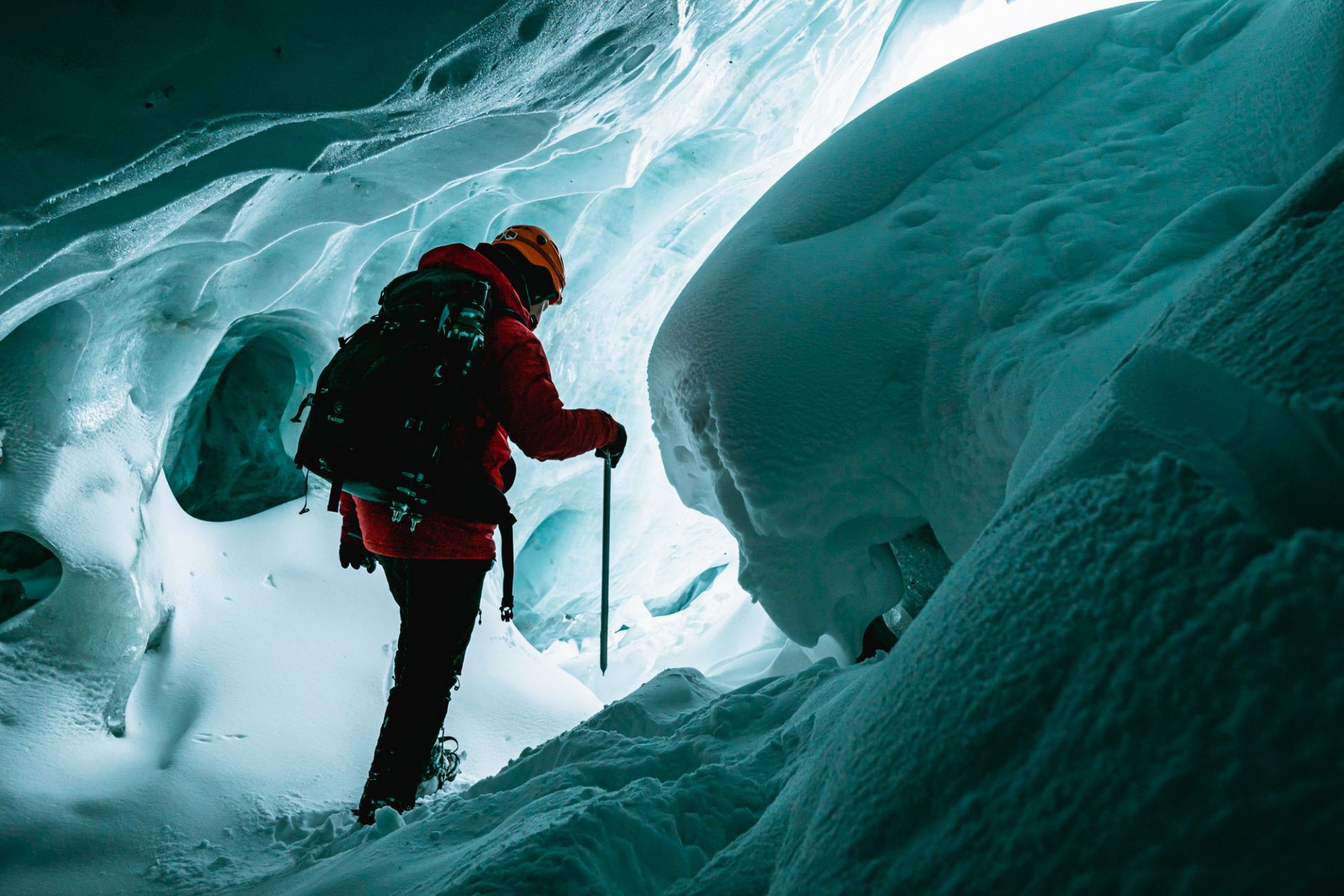
One of the coolest parts about being a visual creative is that you get to collaborate with some really talented people. It’s such a joy being able to partner on projects and tackle brand new ideas with other creatives who might look at a scene differently than you would. It helps you constantly rewire and rework your approach to creating frames and images, ultimately making you better.Watching other outdoor photographers produce their work is also exceptional. It never ceases to amaze me, seeing the lengths outdoor professionals will go to get their shots. People just see the final image, rarely do they see the hard work that goes into creating the images. I think if more people knew what these talented pros go through to get their images, they’d be surprised and appreciate the image that much more.
Getting The Shot is all about highlighting that process. It’s a look behind the curtains of what a niche outdoor lifestyle photographer does to get their shots. Because there are so many facets of outdoor lifestyle photography, we’re really focusing on specific “subcategories” like photographers who shoot climbing, trail running, wildlife, skiing, etc. It’s a lot more dynamic for the viewers if we can display all kinds of outdoor photography.Our goal is to make each episode basically feel like you’re just hanging out with these photographers. We’re stripping it down, we don’t want the episodes to feel too polished. I think that keeps the entire project more fun and fluid too. Because Getting The Shot is a passion project, viewers are basically watching the “director’s cut”. It frees everyone up to be as creative as they like without the fear of potentially missing high risk shots. We get to gamble with tougher objectives and shots that might be higher stakes for commercial shoots but ultimately low risk for Getting The Shot.
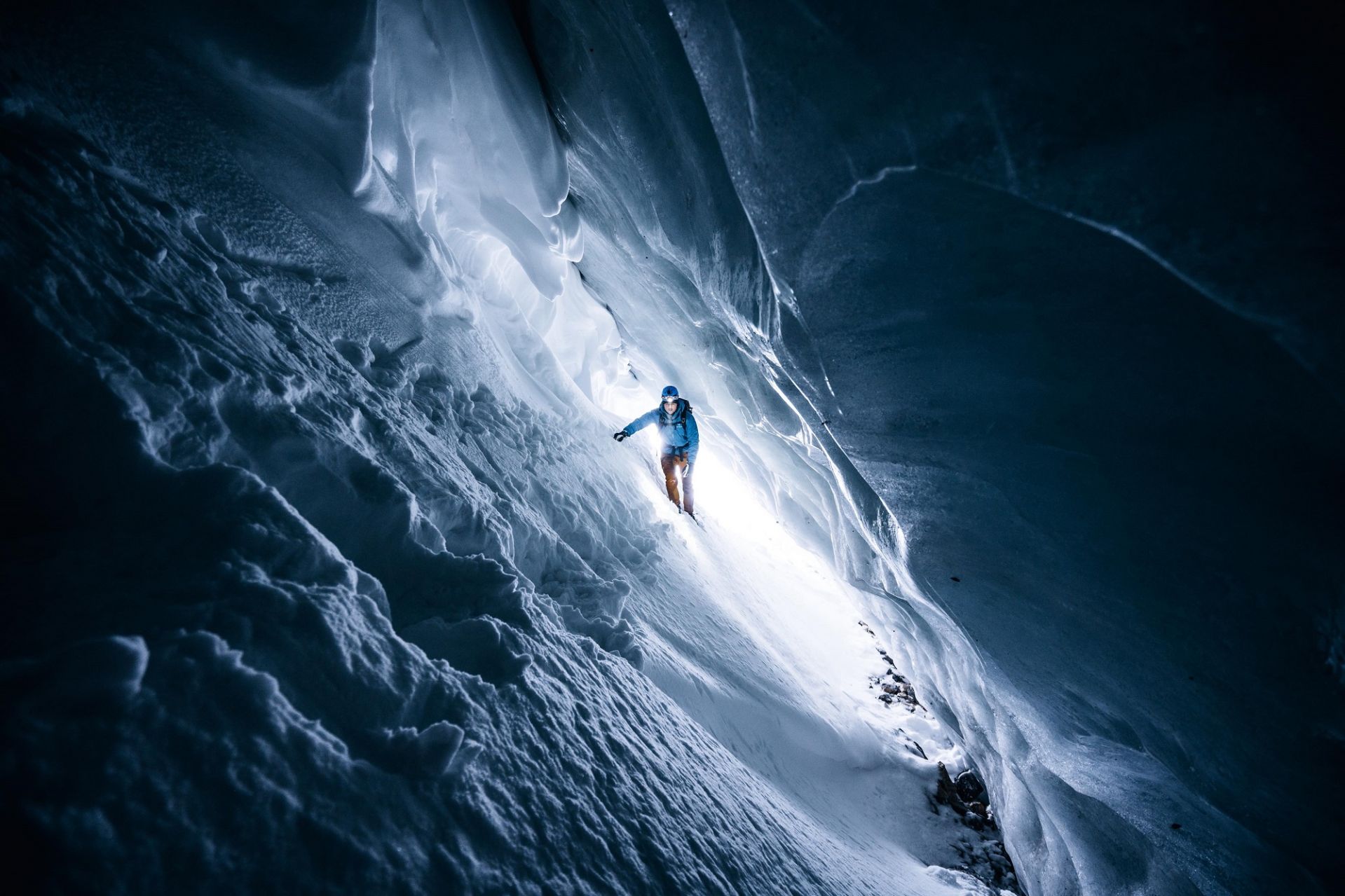
Our first episode takes place in Alberta. We thought it would be fitting to begin the series from our hometown of Calgary. I’ve been paying close attention to a crazy talented photographer, Stevin Tuchiwsky since 2014. Stevin is also based in Calgary and I asked if he would be our first guinea pig for this series and he jumped in head first. Having someone as talented as Stevin jump on board really put some wind into our sails. I told Stevin I’d like to shadow him as if he’s just going out and taking some photos for himself on the weekend. I knew that he had some pretty cool locations in mind so we planned a little bit ahead of time, mostly for logistics, safety, and timing. Otherwise, everything was just “as it happened”. Nothing was rehearsed. Everything was just happening and I think that comes across pretty naturally in the first episode.I’m really happy with how it turned out because I felt like Stevin had so many great gold nuggets and he was really informative and educational, yet it didn’t feel like a “lesson” or a “class”. It just felt like going to take photos with a mentor or teacher.
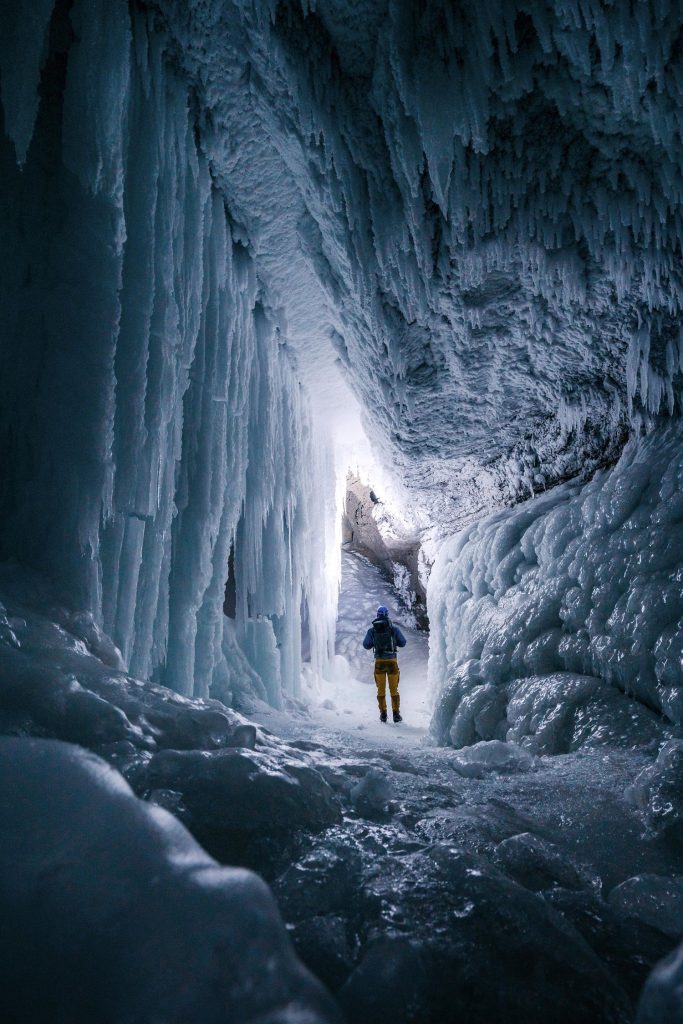

The unique thing about outdoor filmmaking is that your camera gear is just part of the equation. Firstly, safety equipment and outdoor apparel that will keep you protected from the elements is actually the foremost important thing. Coming home alive, and with all of your digits is the first objective, especially in remote and freezing landscapes like we were all weekend.A solid pair of gloves, a toque, extra puffy jacket, helmet, crampons, and ice pick are all the first pieces of gear to check off. Once all of those essentials are in my pack (or on my pack) I throw in all of my camera essentials next. My camera essentials include a Sony mirrorless body with a 24-70 F2.8 and the other as a backup. For video I usually shoot cropped which makes the 24-70 more like a 35-105mm.On my Sony, I have a Rode Mic Pro Plus shotgun mic and a Joby Gorilla 3k for stabilized handheld shots. I’m typically holding this in my hands the entire time. In my backpack, I have a Rode LAV Filmmaker kit, a Mavic Pro 2, a 10-14mm F4, 35mm F 2.8, a Zhiyun Crane 2, a MeFoto tripod, a GoPro Hero 7 and Hero 3 with spare batteries, a backup Sony mirrorless, a dozen sony batteries, an ND filter, and cleaning accessories.I also travel with a hard case that includes an Amaran Tri-8c light, extra tripod, spare parts for the Mavic Pro 2, charging cables, and remote charging devices.

I use this setup for 80% of the outdoor commercial and editorial assignments I shoot. There is definitely a place for large scale productions, however, traveling the world with 15 hard cases full of camera rigging isn’t for me. Small footprint media production is more agile, less expensive, it’s also a lot less stressful. It is also almost always the only way to shoot in difficult to access places, keep up with athletes, and keep a low profile. You can find more of Ryan's work on his website, Instagram and Facebook. The first episode of "Getting the Shot" is being premiered at 6pm MT on 25th of February 2020. You can watch it on the link bellow!

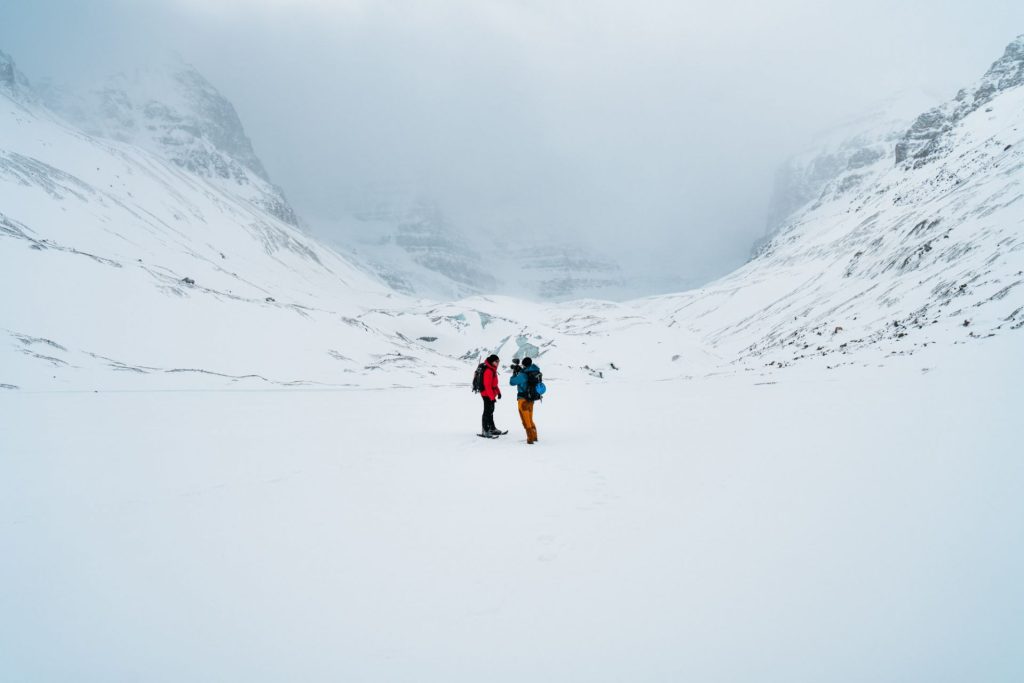


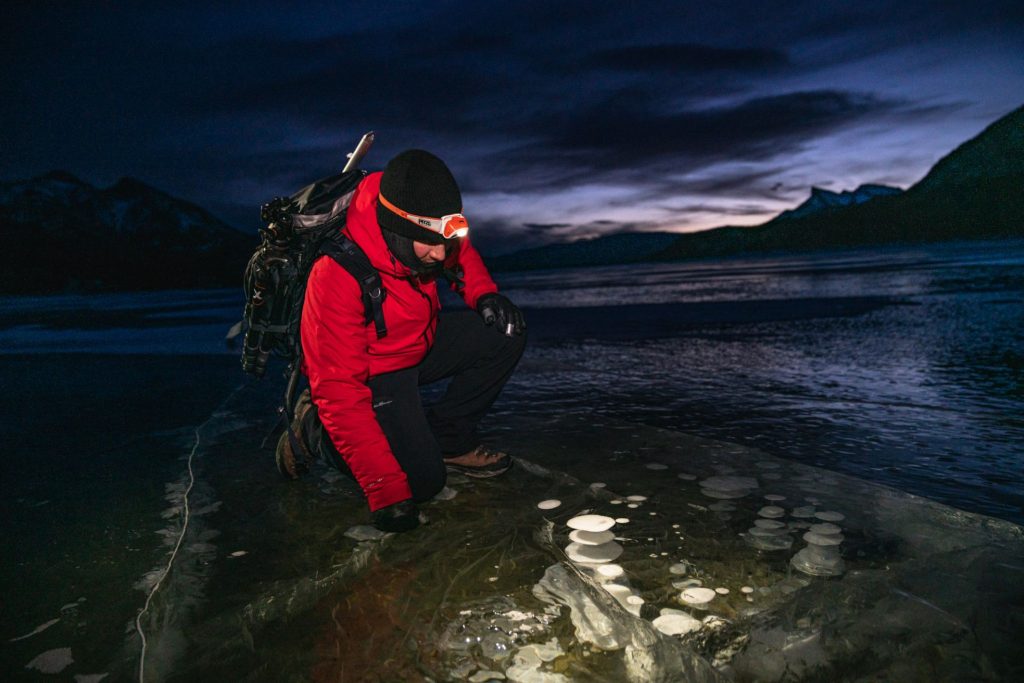



Discount Applied Successfully!
Your savings have been added to the cart.